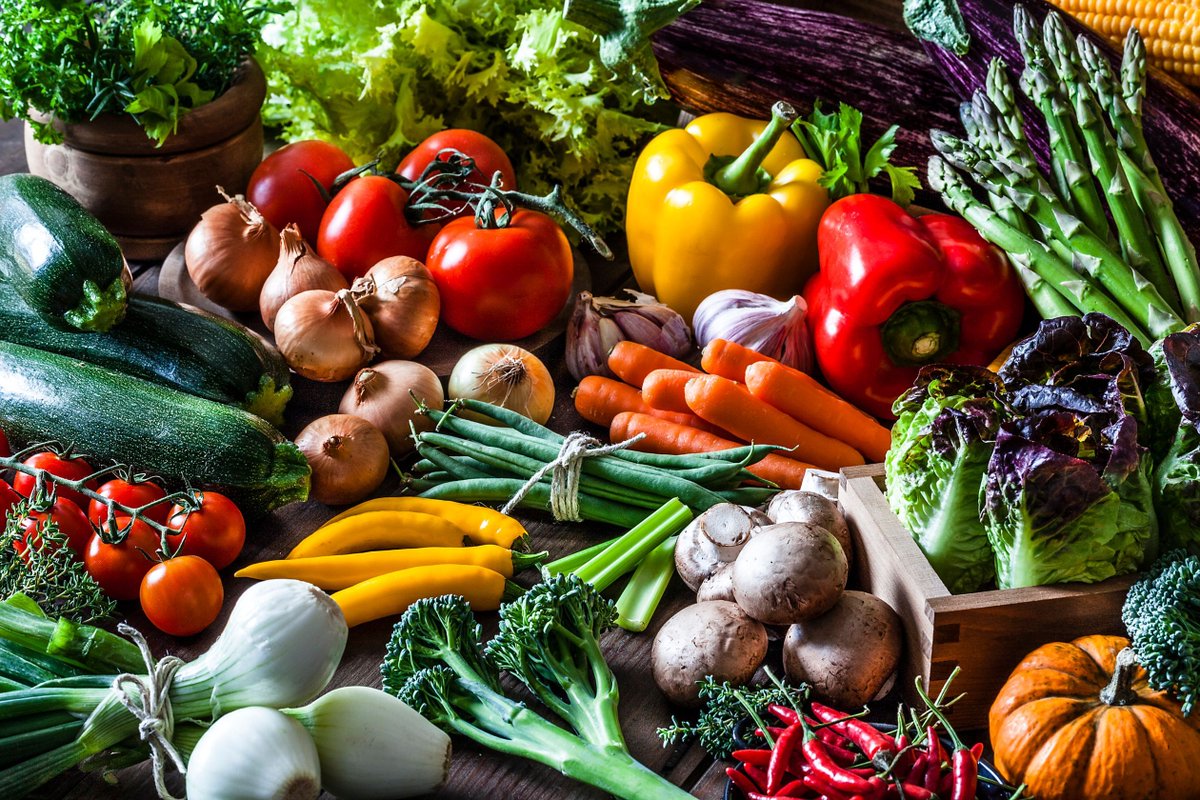NUTRI-FACTS
Plants, like all living things, need nutrients to survive and reach their full potential.
There are 16 nutritional elements that are necessary for plant survival. By understanding how these elements affect plant growth and performance, PRO•SOL products are a necessity for promoting strong healthy plants.

Nitrogen (N)
Did you know that about 80 percent of the air you breathe is nitrogen? It’s true. In fact, every acre of land in the world is covered by about 75 million pounds of N…37 thousand tons. Not a pound of that N can be used by crop plants until it is changed by natural processes or by commercial fertilizer production. Through various processes of ‘fixation,’ gaseous atmospheric N is changed to a plant-usable form… either ammonium or nitrate. Some crops take up more K than N.
Phosphorus (P)
Phosphorus is one of the 16 essential nutrients that plants need for growth and reproduction. Phosphorus is considered one of the three major nutrients. They are termed major nutrients because of the relatively large amounts utilized by plants and the frequency with which their deficiencies limit plant growth.
Potassium (K)
Potassium is a mineral nutrient essential to both plants and animals. Plants require more K than any other nutrient except nitrogen. Agronomic crops contain about the same amounts of N and K, but K content of many high-yielding crops is even higher than that of N. Unlike other nutrients, K does not form compounds in plants, but remains free to ‘regulate’ many essential processes…including enzyme activation, photosynthesis, water use efficiency, starch formation, and protein synthesis.
Calcium (Ca)
This low-key essential nutrient carries a heavy load in plant growth. Too often, however, it takes a back seat as soil fertility programs are developed for many high-yield and high-quality crops. There are some exceptions. Peanut and tomato growers, for example, emphasize good Ca nutrition.
Magnesium (Mg)
It’s a rule that for proper germination, a bushel of wheat seed needs the amount of oxygen contained in 900 cubic feet of air. Oxygen is required to release chemical energy in seeds. During germination, that bushel of seeds produces the same amount of energy needed by a tractor to plow an acre of land. Magnesium is required for crops to capture the sun’s energy for growth and production. Magnesium is classified as a secondary nutrient, but it has a major effect on crop and animal production.
Sulfur (S)
Today, Sulfur is becoming more of a limiting nutrient in crop production than in the past. The reasons for this increasing need include: higher crop yields which require more sulfur; increased use of high-analysis fertilizers containing little or no sulfur; reduced amounts of atmospheric sulfur fallout in rainfall; and reduced soil sulfur reserves from organic matter losses due to mineralization and erosion.
Boron (B)
It’s a fact that boron is required by crops for their growth and reproduction. Boron deficiencies are widespread across North America. Responses to B fertilization have been documented in 43 states in the U.S. and throughout Canada. Alfalfa frequently responds to B, but responses also occur in a large number of fruit, vegetable, and field crops.
Iron (Fe)
Iron is essential for crop growth and food production, even though only small amounts are required compared to some of the other nutrients such as nitrogen, phosphorus, and potassium. Small amounts of Fe must be available to the crop if it is to grow normally and produce the corn and cotton or other crops. Without Fe, the benefits of all other good management practices would be of little or no value.
Manganese (Mn)
Manganese is one of the 16 essential elements and is mandatory for plant growth and reproduction. Manganese is considered a micronutrient because plants require only small amounts. This designation, however, is unrelated to its relative abundance in soils or its importance as a plant nutrient. Relatively large quantities of Mn can occur in soils, but only a small fraction is normally available at any one time.
Zinc (Zn)
Crop plants require zinc. Zinc is one of the 16 essential nutrients that plants need for growth and reproduction. Zinc is a micronutrient and is required in smaller amounts than some other nutrients, but it is essential. If Zn is limited or in short supply, crop yields and farm profits will suffer, and crop utilization of other fertilizer nutrients, such as nitrogen, will decrease. Poor nutrient utilization from an imbalanced fertility program is an environmental concern…and cuts profits.
Vanadium (V)
Although it is relatively obscure, vanadium has been shown to have a role in plant nutrition. Foliar application to cotton has increased lint cotton yields, both dry land and irrigated, by 50 pounds per acre without increasing the crop’s water requirements. Vanadium also increased cotton grade.















